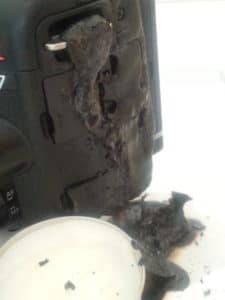Getting started finding your first DSLR camera
How on earth do you choose? and indeed why spend the money on a bulky camera when phones take good snaps. I had spent most of my life shooting with a point and press (always with a huge zoom) and mostly with film. Digital was just arriving when our first child was born – hard to believe now. Those days I was happy with snaps as I didn’t have the time to process photos. I just wanted some good memory shots. That said I was always looking for something crisper or those nice blurry backgrounds, I just didn’t have the time or money to invest in something different. Phones of course now have lots of options for many cool pictures but if you really want the quality to edit and work in low light with all the control in your own hands I still head to a DSLR (Digital Single Lens Reflex). So where do you start in finding your first DSLR camera- the internet is full of good advice but its pretty hard to work through where to start. Begin with what you are most interested in taking pictures of – portraits, landscapes, macro, sport etc etc. All SLRs will do a fairly decent job of this but some might be a better fit for your interest. Armed with my interests – for me landscapes and nature and maybe macro – I headed to the nearest well reviewed camera shop that sold a whole range of brands and models. Once I had repeated this process 2 or 3 times at different shops a real theme was coming through. For my needs I was steered towards a Sony A57. This was just above entry model back in 2014. Not too bulky and looked like it would meet my needs.So why Sony for me:
- You get a bit more for you dollar with Sony
- The huge advantage for me was that I could use old second hand Minolta lens without any adapter. This made experimenting with lenses really cheap and easy. What I didn’t appreciate back then was its the lenses that can make all the difference rather than just the body. So knowing some lens you would want to use might help your decision making as well. This might have to be another blog topic.
- The other feature I liked related to how you saw things on the LCD relating directly to what was in the viewfinder. As it turns out I think that was less useful than I thought and I almost always use the viewfinder anyway. (just goes to show your needs may change so keep it flexible)

This is what the tea light candle did to my camera.
There are lots of advantages with the a77ii but some I find the handiest are:
- lots more focus points. Some you can lock on a subject and also move around to make sure you choose what you want in focus
- better quality at higher ISO’s
- more megapixels – but I don’t really think they need to be as big as they are these days though
- a very handy ISO feature where you can set the top and bottom points instead of just auto
- weather (and maybe tealight candle) proof
- 3 settings on the top dial you can save as your favourite photo settings (eg I have one for any landscape photos on a tripod)
- WiFi which I have found handy to put a copy of my photos on my phone or ipad
